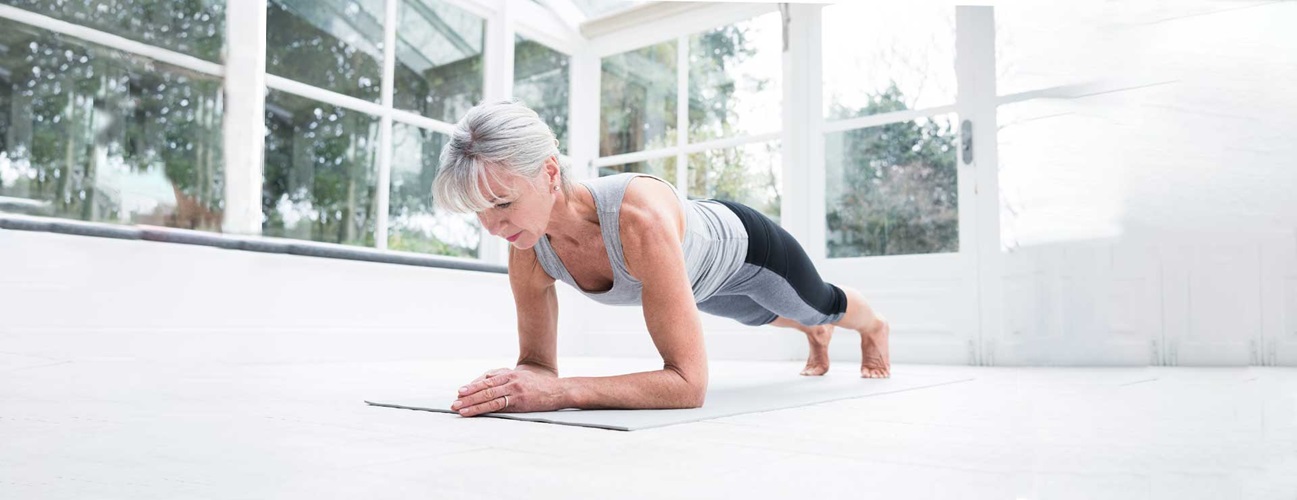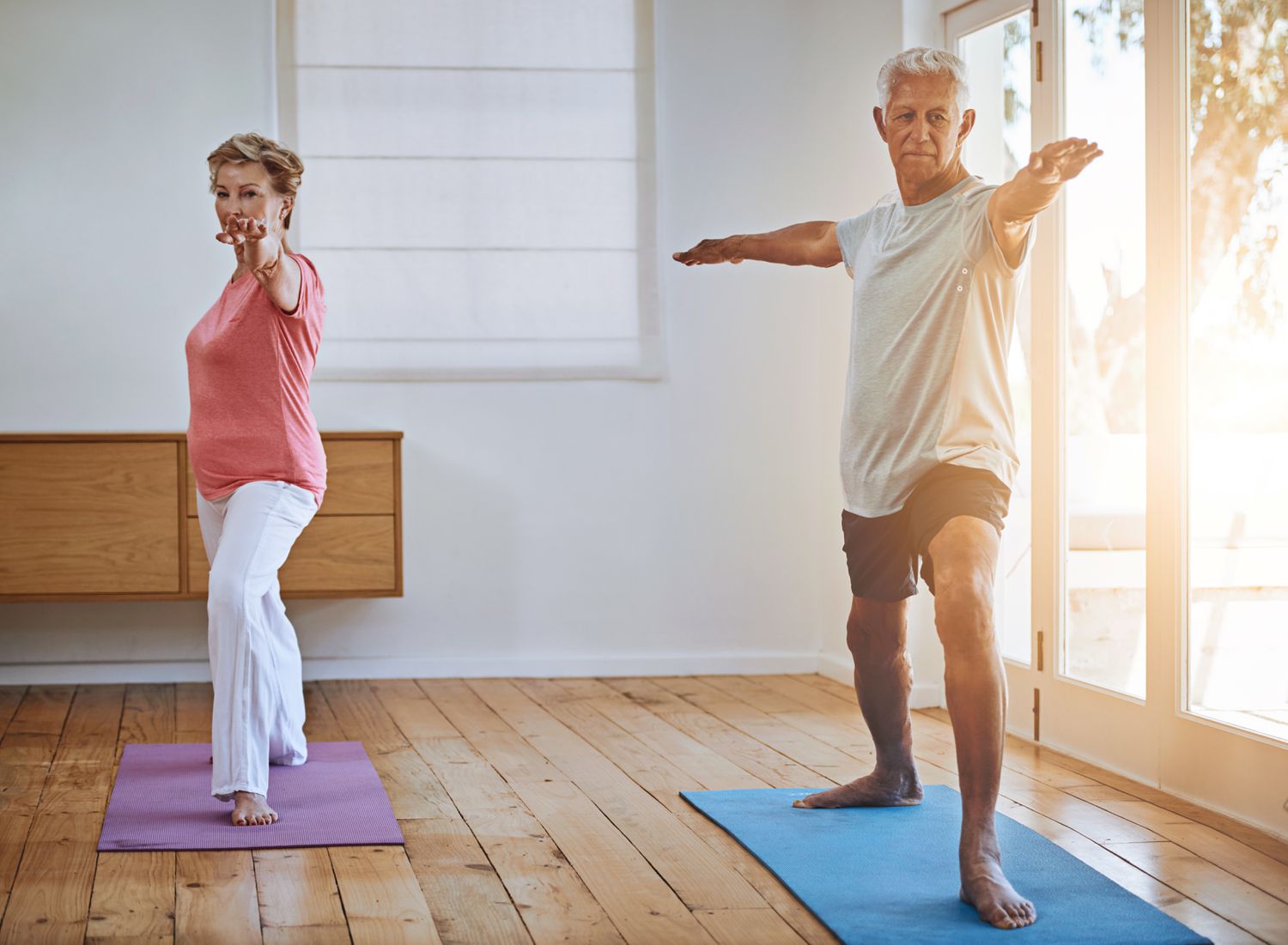Aging is an inevitable part of life, and how we approach it can significantly impact our overall well-being. While there's no fountain of youth, there is a practice that has been celebrated for its ability to help individuals age gracefully and maintain physical and mental vitality: yoga. In this article, we will delve into the profound connection between yoga and aging gracefully, exploring how this ancient discipline can enhance the quality of your life as you grow older.
Before we delve into the benefits of yoga, it's important to understand the science behind aging. Aging is a natural process marked by physical, mental, and emotional changes. As we age, our bodies tend to lose muscle mass, flexibility, and bone density. We also experience cognitive changes, such as reduced memory and cognitive function. Additionally, the stressors of life can take a toll on our mental and emotional well-being.
Yoga is often seen as a physical practice, but it is much more than that. It is a holistic system that integrates physical postures (asanas), breathing techniques (pranayama), meditation, and ethical principles (yamas and niyamas) to promote overall well-being. The combination of these elements makes yoga a powerful tool for aging gracefully.
“One of the most apparent benefits of yoga is improved physical fitness. Yoga postures help build strength, flexibility, and balance. As we age, maintaining muscle mass and flexibility becomes crucial in preventing injuries and maintaining independence. Yoga postures gently stretch and strengthen muscles, reducing the risk of falls and fractures.”
Thanks to Georgi K. Georgiev, CEO of peduse.com.
Yoga is especially effective in promoting joint health. Regular practice helps lubricate joints, increase synovial fluid production, and reduce joint pain. This is particularly important as joint problems become more common with age.
Weight-bearing yoga poses can help improve bone density. Postures like Downward Dog and Warrior II put stress on bones, stimulating them to become denser and stronger, reducing the risk of osteoporosis.
Yoga places a strong emphasis on mindfulness and relaxation. As we age, managing stress becomes crucial for mental and emotional well-being. The practice of mindfulness in yoga can reduce stress hormones, improve mood, and enhance overall mental health.
Yoga is not just about the body; it also benefits the mind. Studies have shown that yoga can improve cognitive function and memory. The combination of meditation and controlled breathing enhances mental clarity and focus.
Yoga encourages emotional resilience and a positive outlook on life. Through meditation and self-reflection, individuals can develop a greater sense of contentment and reduce symptoms of anxiety and depression that often accompany aging.
Yoga classes provide a sense of community and support, which is essential as we age. Social isolation can be a major concern for older adults, and participating in group yoga classes fosters social connections and a sense of belonging.

Practicing yoga as we age can be immensely rewarding, but it also comes with its own set of challenges. It's essential to acknowledge these challenges and understand how to overcome them to ensure a safe and enjoyable yoga practice.
1. Physical Limitations: As we age, our bodies may not be as flexible or strong as they once were. Common physical limitations include reduced mobility, joint stiffness, and muscle weakness.
Overcoming: Start with gentle yoga poses and progress gradually. Listen to your body, and don't push yourself too hard. Use props like yoga blocks and straps to support your practice and adapt poses to your abilities.
2. Balance Issues: Balance tends to deteriorate with age, increasing the risk of falls during yoga practice.
Overcoming: Practice balance poses near a wall or with a chair for support. Focus on improving balance with simple exercises like standing on one foot or walking heel-to-toe.
3. Joint Problems: Arthritis and other joint issues can make certain yoga poses uncomfortable.
Overcoming: “Choose yoga styles that emphasize gentle movements and avoid poses that strain your joints. Seek guidance from an experienced yoga instructor who can modify poses to suit your needs.”
Thanks to Louise Hateley, Director & Physiotherapist at In Stride Health Clinic.
4. Reduced Stamina: Aging can result in reduced stamina and endurance, making it challenging to maintain a consistent yoga practice.
Overcoming: Begin with shorter sessions and gradually increase the duration as your stamina improves. Focus on your breath and take breaks as needed.
5. Fear of Injury: As we age, there's a heightened fear of injury during physical activities.
Overcoming: Practice mindfulness and self-awareness during yoga. Be cautious, but don't let fear prevent you from trying new poses or progressing in your practice. Proper warm-up and cool-down routines are essential.

Adapting a yoga practice for older adults is crucial to ensure safety and maximize the benefits of yoga. Here are some key considerations:
Aging gracefully is about maintaining physical, mental, and emotional well-being as we grow older. Yoga is a holistic practice that offers a multitude of benefits for seniors. From improved physical fitness and flexibility to enhanced cognitive function and emotional resilience, yoga is a powerful tool that can help you age gracefully.
If you're considering incorporating yoga into your life, start slowly and consult with a qualified yoga instructor, especially if you have any pre-existing health conditions. With regular practice, you can reap the rewards of yoga and embark on a journey towards aging gracefully, embracing the wisdom and vitality that come with each passing year. Remember, age is just a number, and with yoga, you can truly thrive at any stage of life.
Be the first to post comment!